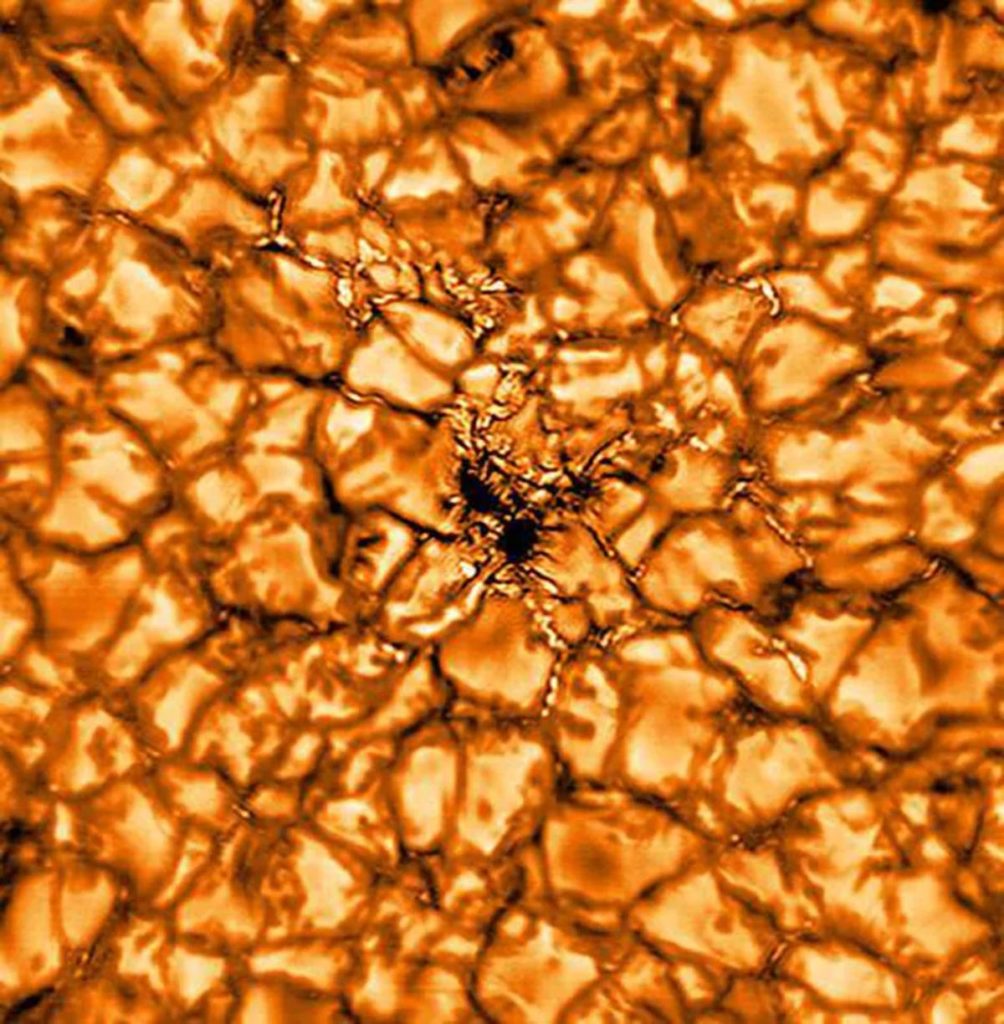Studying the Sun’s magnetism is significant to understand the “space weather” created by the Sun.
Europe’s largest Solar Telescope, GREGOR, permits scientists to determine subtleties as little as 50 km on the Sun, which is a tiny portion of the solar diameter of 1.4 million km.
Now, the telescope has released unprecedented close-up images of the Sun — and they are a little bit terrifying. Operated by a German scientist at the Teide Observatory in Spain, the telescope has obtained new high-resolution images of the Sun’s intricate structure — the best captured by a European telescope.

Dr. Lucia Kleint, who led the project and the German solar telescopes on Tenerife, said, “This was a fascinating and extremely challenging project. We completely redesigned the optics, mechanics, and electronics to achieve the best possible image quality in only one year. The project team achieved a major technical breakthrough in March this year, during the lockdown when they were stranded at the observatory and set up the optical laboratory from the ground up. Unfortunately, snow storms prevented solar observations. When Spain reopened in July, the team immediately flew back and obtained the Sun’s highest resolution images ever taken by a European telescope.”
Prof. Dr. Svetlana Berdyugina, professor at the Albert-Ludwig University of Freiburg and Director of the Leibniz Institute for Solar Physics (KIS), said, “The project was rather risky because such telescope upgrades usually take years, but the great teamwork and meticulous planning have led to this success. Now we have a powerful instrument to solve puzzles on the Sun.”
The GREGOR telescope was inaugurated in 2012. In 2018, scientists began a complete upgrade, involving optics, alignment, instrumentation, mechanical upgrades for vibration reduction, updated control systems, building enhancements, and adapted management and policies. The telescope’s new optics will allow scientists to study magnetic fields, convection, turbulence, solar eruptions, and sunspots in great detail.
Journal Reference:
- L. Kleint, T. Berkefeld, M. Esteves, T. Sonner, R. Volkmer, K. Gerber, F. Krämer, O. Grassin, and S. Berdyugina, Astronomy & Astrophysics, DOI: 10.1051/0004-6361/202038208
